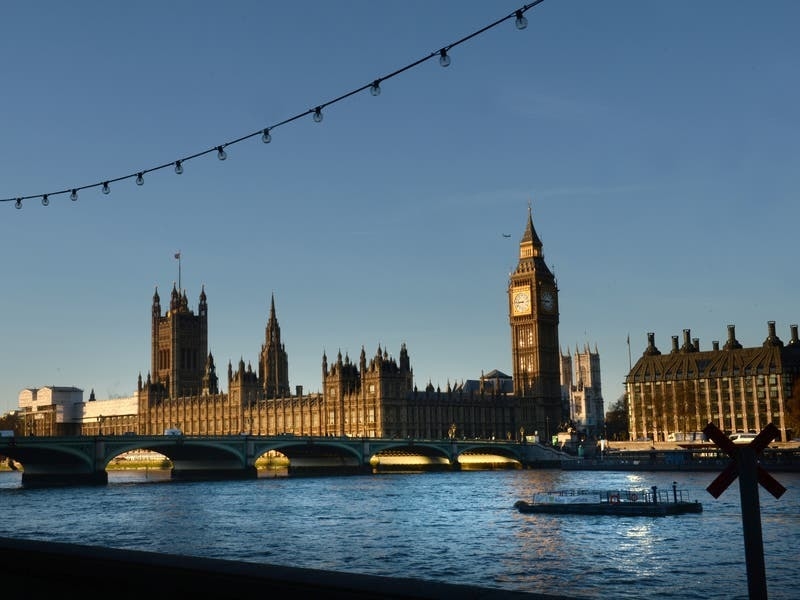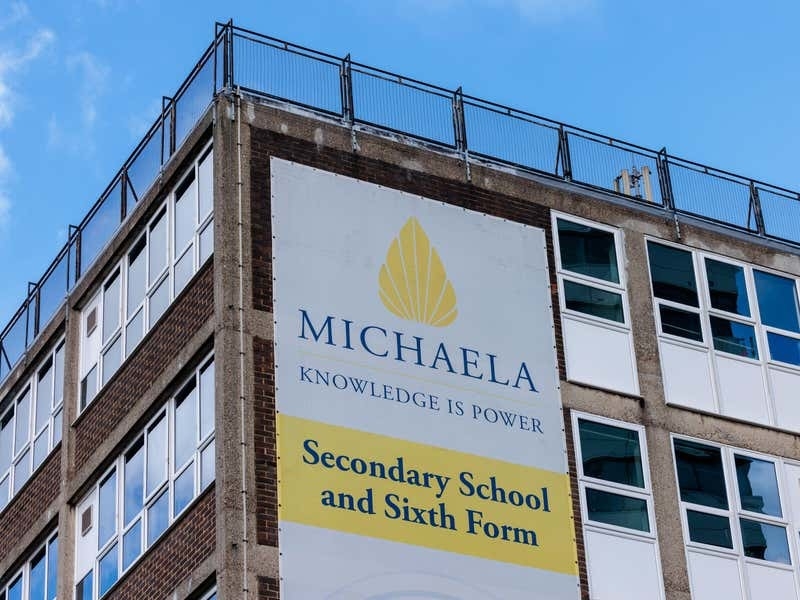- Plémont headland is in the process of being returned to nature by the National Trust for Jersey
- The trust has tried to recycle whatever it can form the demolition of the former holiday camp
- Wood from an old snooker table has been used to make a bowl and a table
- Is the restoration worth the money? Take our poll below
STANDING derelict for more than ten years, the buildings left on the Plémont headland blighted the area. The site, on which landowners had proposed to build a 28-home complex, became a major point of contention within the States and across the Island.
But years of lobbying from campaign groups, led by the National Trust for Jersey, eventually saw a deal struck and the site sold to the organisation, with half of the £7.15 million price tag provided by the States after Members adopted a proposition lodged by Senator Sir Philip Bailhache last July.
Demolition work began in September and the final stage of site clearance is now under way. The question is: what do you do with hundreds of tonnes of stone, metal, wood and other materials left over?
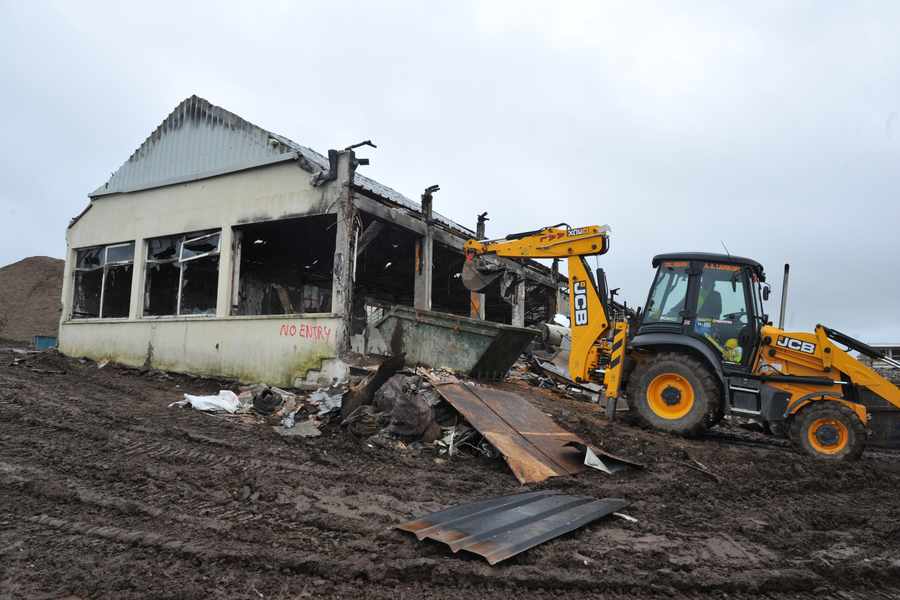
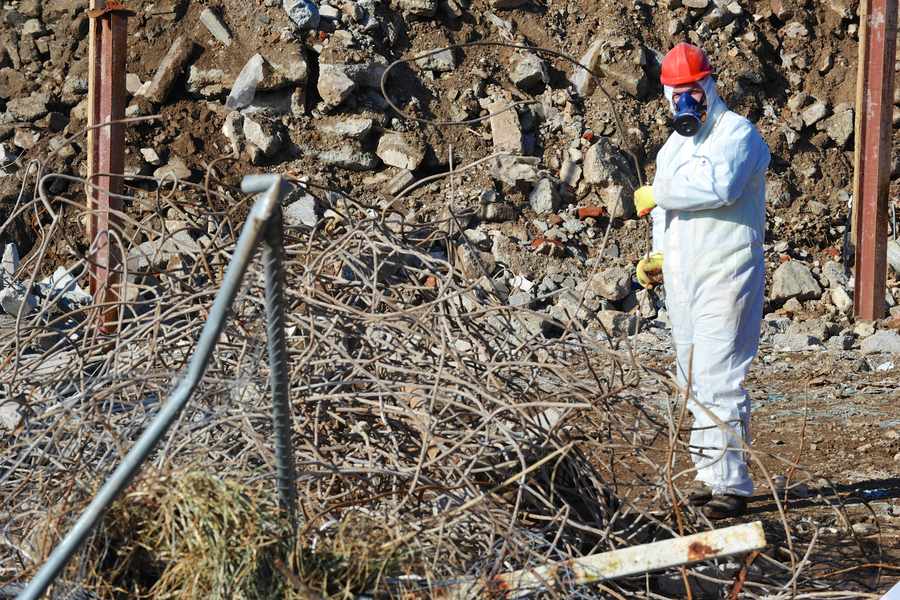
The trust has reused or recycled what materials it can, with plans for the salvageable parts of the former development to be used in the upkeep of the organisation’s historic properties.
Trust president Christopher Harris said that recycling was part of the organisation’s philosophy and formed part of its 12-pledge plan formulated in 2011 to find ways of helping the environment.
‘Recycling is very much in our genes,’ Mr Harris said, ‘and the States infrastructure is there to enable a substantial amount of recycling, so I think credit must be given to themfor that.
‘What we could salvage we have done. We’ve also kept old papers from the holiday camp, including some of the old holiday money they used to issue. All that is also going to be kept and we are going to work our way through the documents to decide if we want to set up a display or offer them to the Jersey Archive.
‘There was an amount of copper piping which was recycled, and we also had some large pieces of slate, which are ideal for fire hearths. Those will be reused in National Trust for Jersey buildings.’
The organisation’s joiner, Tony Gray, who began working for the Trust in October, helped to dismantle two damaged snooker tables at Plémont and went on to use their wood to make a table and a bowl whichhe gave to the trust’s council.
Mr Gray said: ‘Behind the cushes on the edge of the snooker tables there’s a top section that is made from strips of oak. They are bolted down every foot. I stripped them off the table, took the rubber behind the cush off, cleaned the strips, took the screws and nails out and chopped in between the holes.
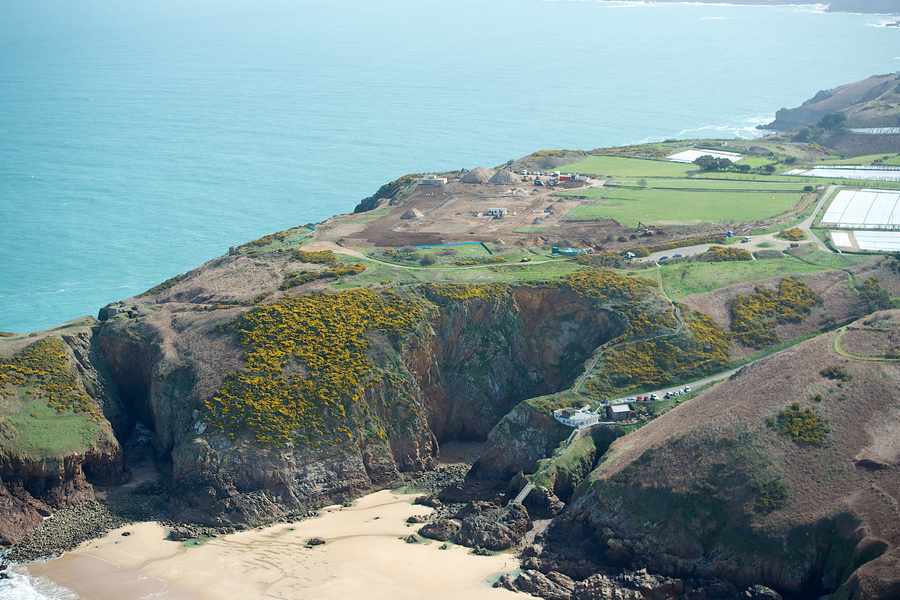
‘I ended up with a dozen pieces of wood that were about a foot long. I planed them off and stuck them together in three layers so I endhe turning took four or five hours, and I probably spent a couple of hours in my lunch times reclaiming the timber to start with. It took a while, but it was really satisfying.’
Mr Gray, who has been a joiner for 35 years, has also created a work table from wood reclaimed from the snooker tables.
Next week the final hard-standing structure at the site, a Jersey Electricity sub-station, will be removed. Which means that the only man-made building due to be left in place is the German bunker.
The granite
GRANITE from the buildings is now in temporary storage for the summer until a more permanent home can be found.
It is being held until the trust needs to use it for other restoration or repair projects. Immediate plans for the stone include using some of it to repair historic properties belonging to the trust.
‘Some of the granite will be cut into cobbles and other bits will be used as facing stone at the farm.’
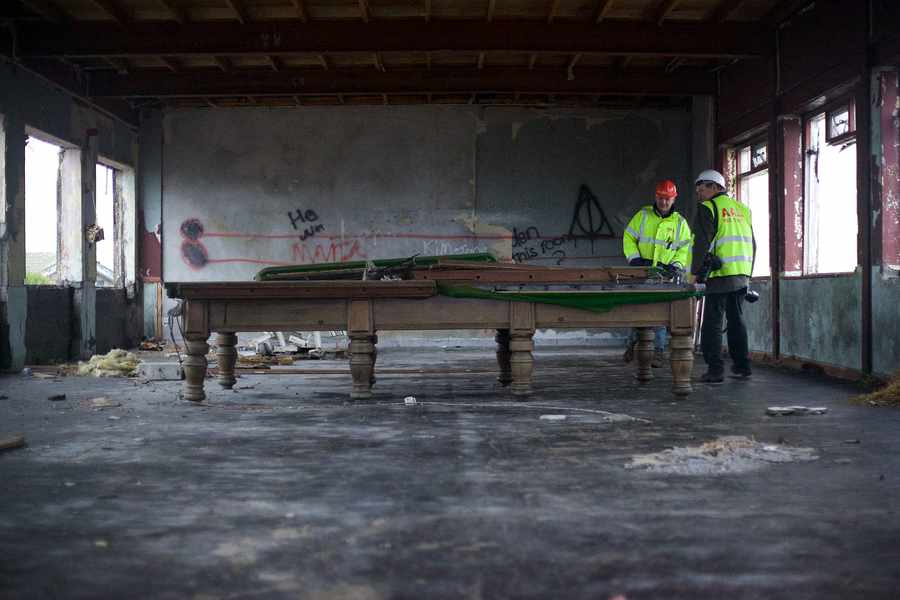
The timber frames
LEFT-OVER wood used in the former holiday camp has been stored for future use by the Trust, with a portion bring offered to Jersey artists.
Mr Harris said: ‘We have reclaimed some beautiful bits of wood and have made it available to artists – some have taken some for picture frames, and some for sculpting.’
The snooker tables
THE two snooker tables that were once enjoyed by guests of Plémont Holiday Village ended their life damaged beyond repair.
But the slate and wood from those units is breathing new life into other parts of the trust or being turned into new objects altogether.
Apart from trust joiner Tony Gray’s work to create a table and wooden bowl from the reclaimed material, the wood will be used to improve staircases at the trust’s various historic properties.
And the slate left over from the tables is set to be used as fireplace hearths in National Trust for Jersey buildings.

The rubble and asbestos
MOST of the material taken from the demolition of buildings at Plémont has gone to Transport and Technical Services at La Collette.
‘The material consists of aggregate and breeze blocks and so forth,’ said Mr Harris. ‘That gets ground up and reused by TTS in things like roads, recasting breeze blocks – it’s all recycled.’
And like many older properties, the once-popular holiday resort contained a large quantity of asbestos. About 100 tonnes of asbestos-contaminated material was removed by a specialist team from the site. Exclusion zones were set up at Plémont while the work was carried out and certain buildings had plastic draped over them to stop potentially dangerous fibres escaping while it was being removed.
‘TTS also receive the asbestos waste, which can’t be recycled,’ Mr Harris added. ‘That is transported out of the Island and will be disposed of in an appropriate way.’
1874: Developers build the Plémont Hotel at the site.
1930s: The hotel is demolished and replaced with the Jersey Jubilee Holiday Camp.
1946: Following the Occupation, the camp reopens as Parkin’s Luxury Holiday Camp.
1961: The camp is sold and remodelled, becoming Pontin’s Holiday Village and later Plémont Holiday Village, providing amenities for up to 400 holidaymakers.
1998: Developer Dandara applies to put 117 homes in the area. The then Senator Pierre Horsfall calls for the States to buy the land and return it to nature.
1999: Dandara’s application is refused.
2001: The site closes its doors as a tourist resort for good.
2002 to 2006: Various housing schemes are proposed,all rejected.
2005: Plémont Estates Ltd (landowner Trevor Hemmings’ company) buys the land for £4.85 million.
2006 to 2012: Various planning applications are made, with Mr Hemmings’ plans to put 28 homes on the land becoming the subject of a public planning inquiry.
2012: The Chief Minister lodges a proposal to buy the land for the public and sell it to the National Trust for Jersey. The Trust, meanwhile, launches a fresh campaign to save the land from development.
November 2012: Plans for the 28-home development are approved.
December 2012: Chief Minister Ian Gorst’s proposal to buy the land using States money is defeated by one vote.
2014: The National Trust for Jersey reveals it has reached a deal with the developer to buy the land for £7.15 million.
Summer 2014: The States approve Senator Sir Philip Bailhache’s proposition that asks the government to pay half of the agreed sale price, with the trust paying the rest.
September 2014: Demolition begins at the site.
2015: Demolition is completed.




